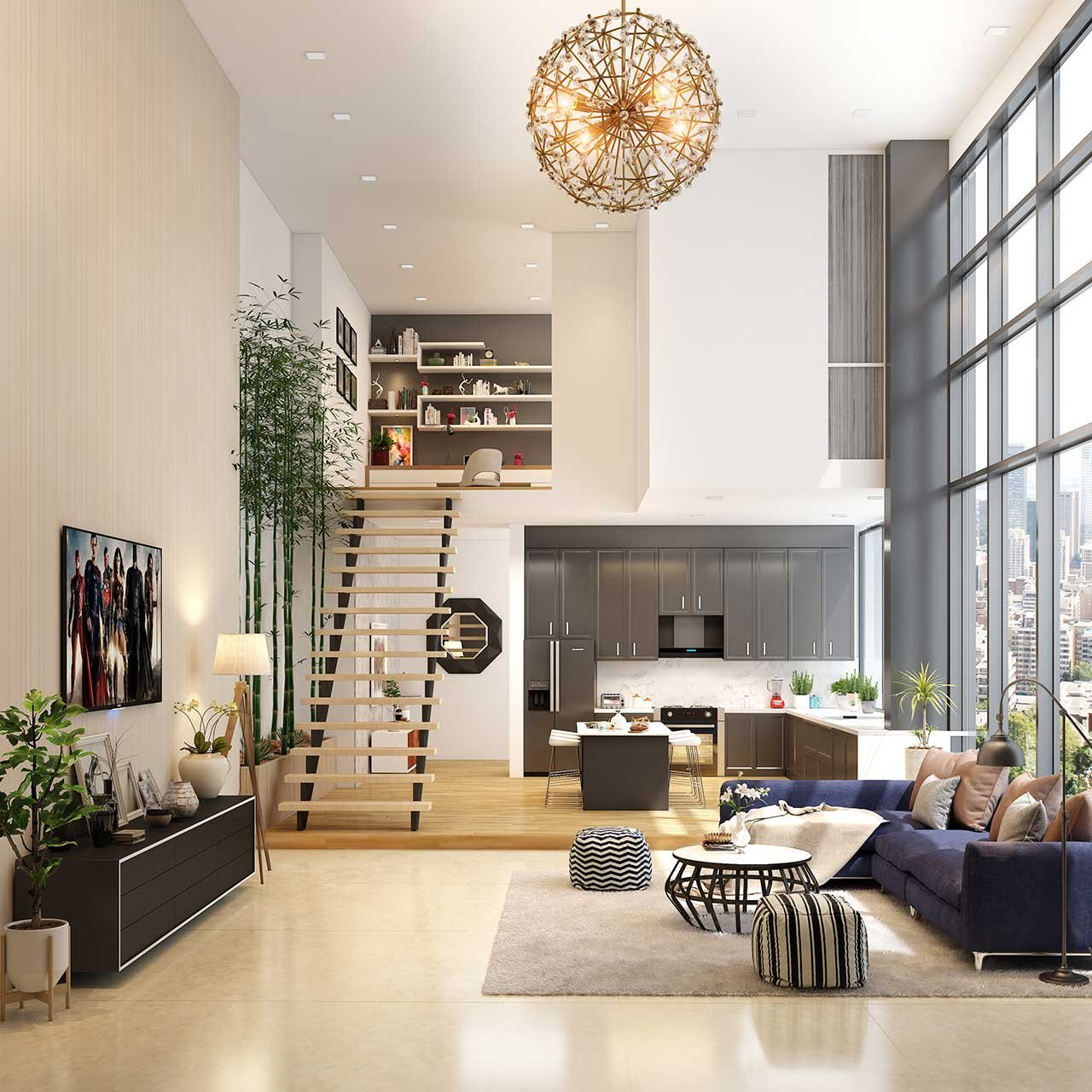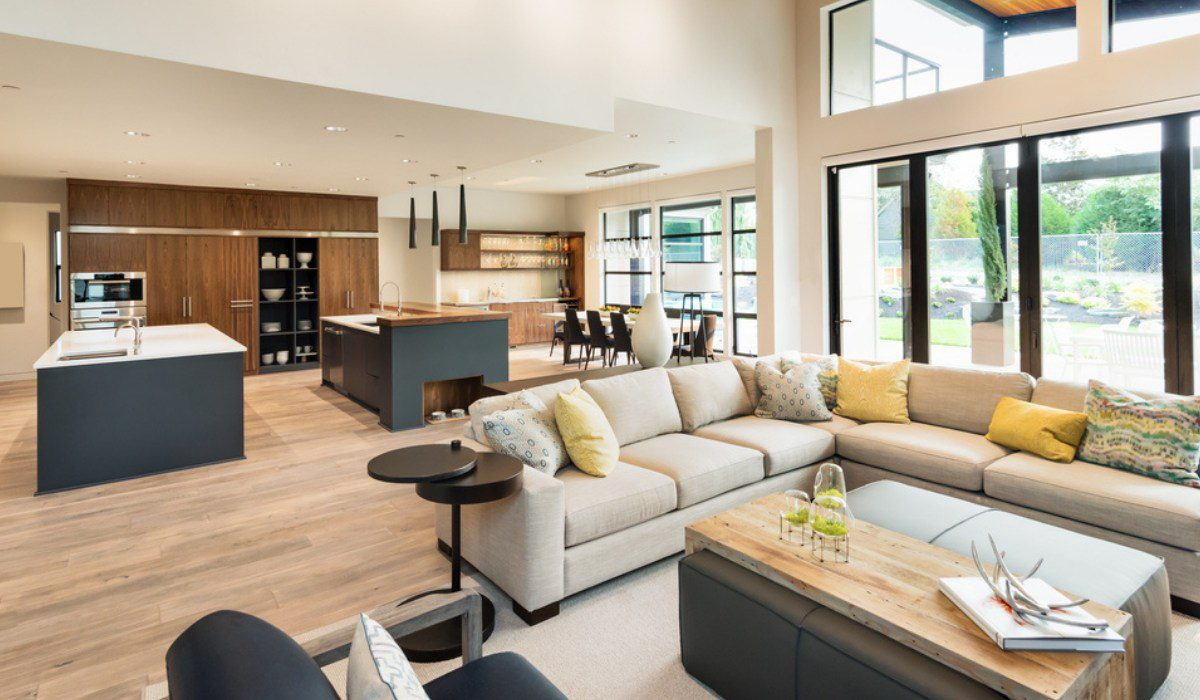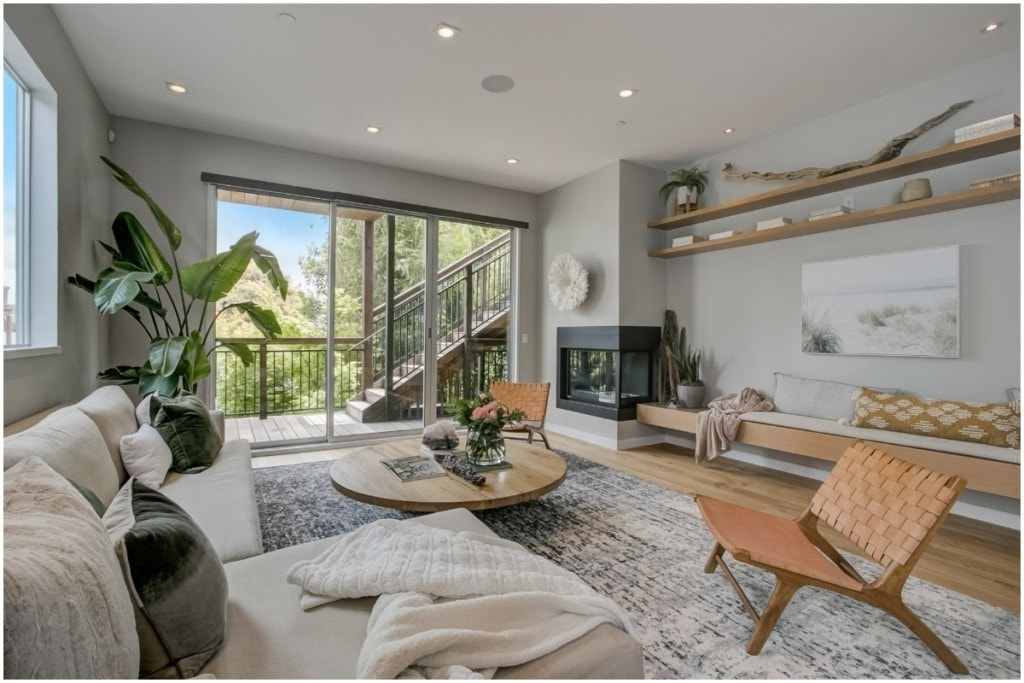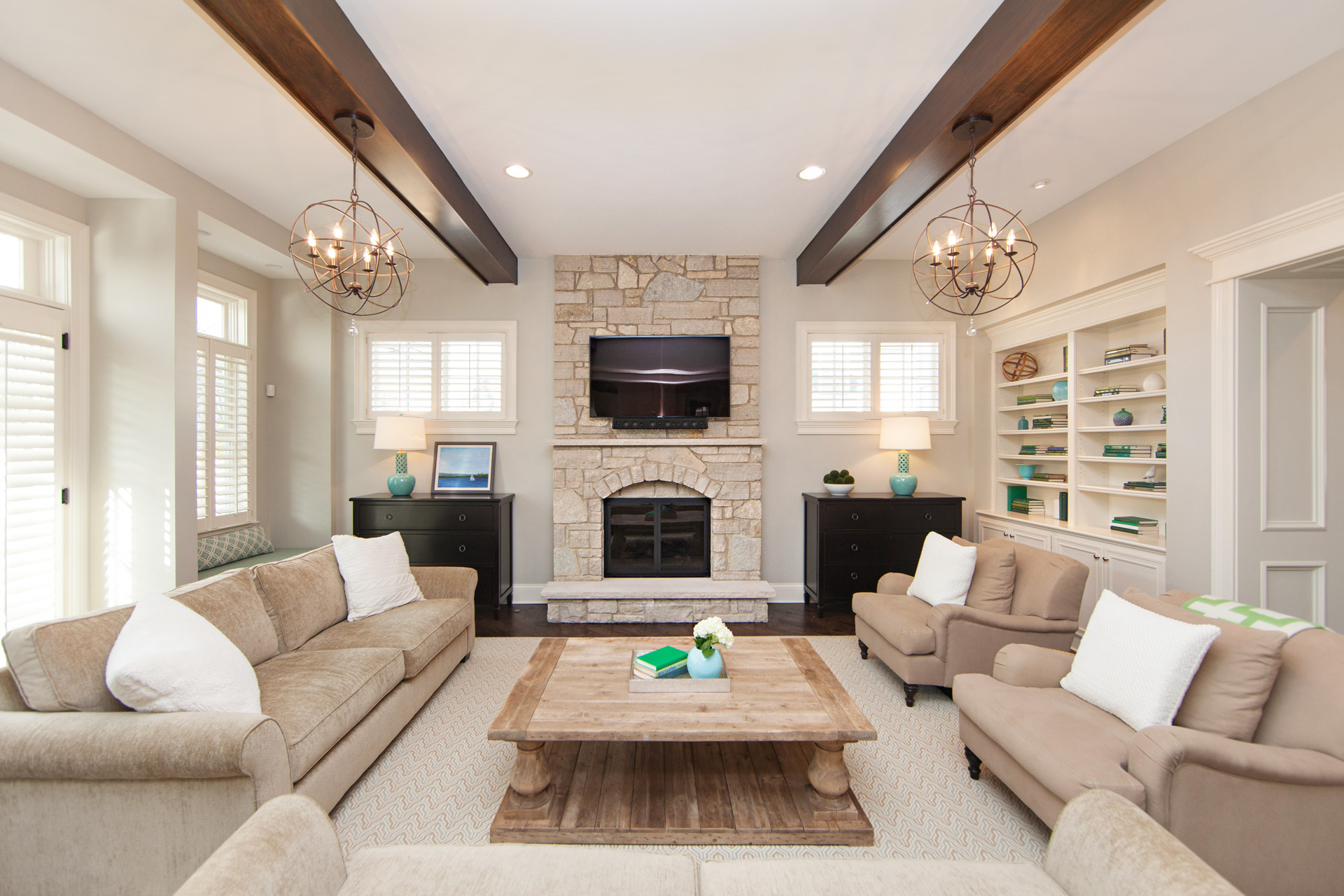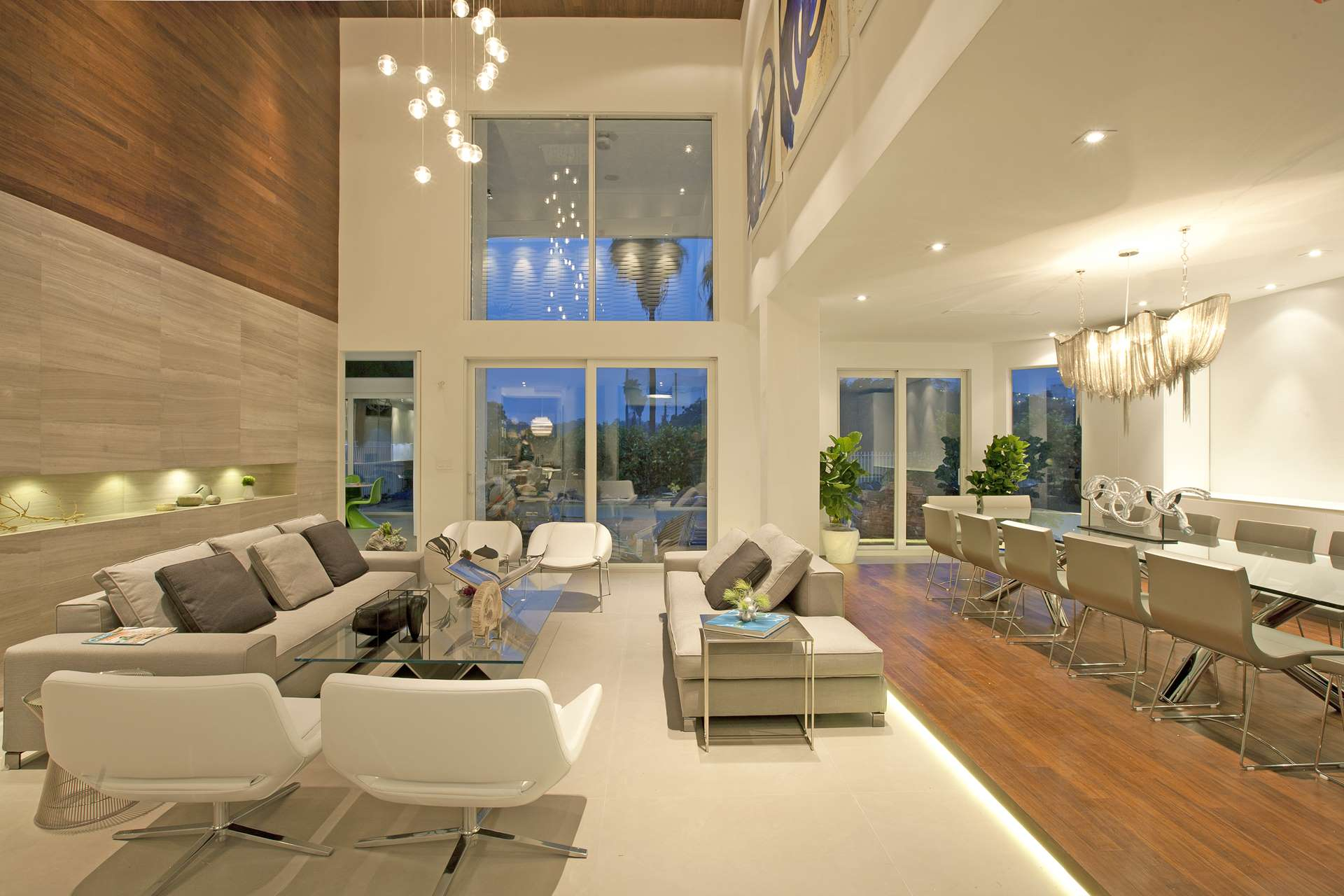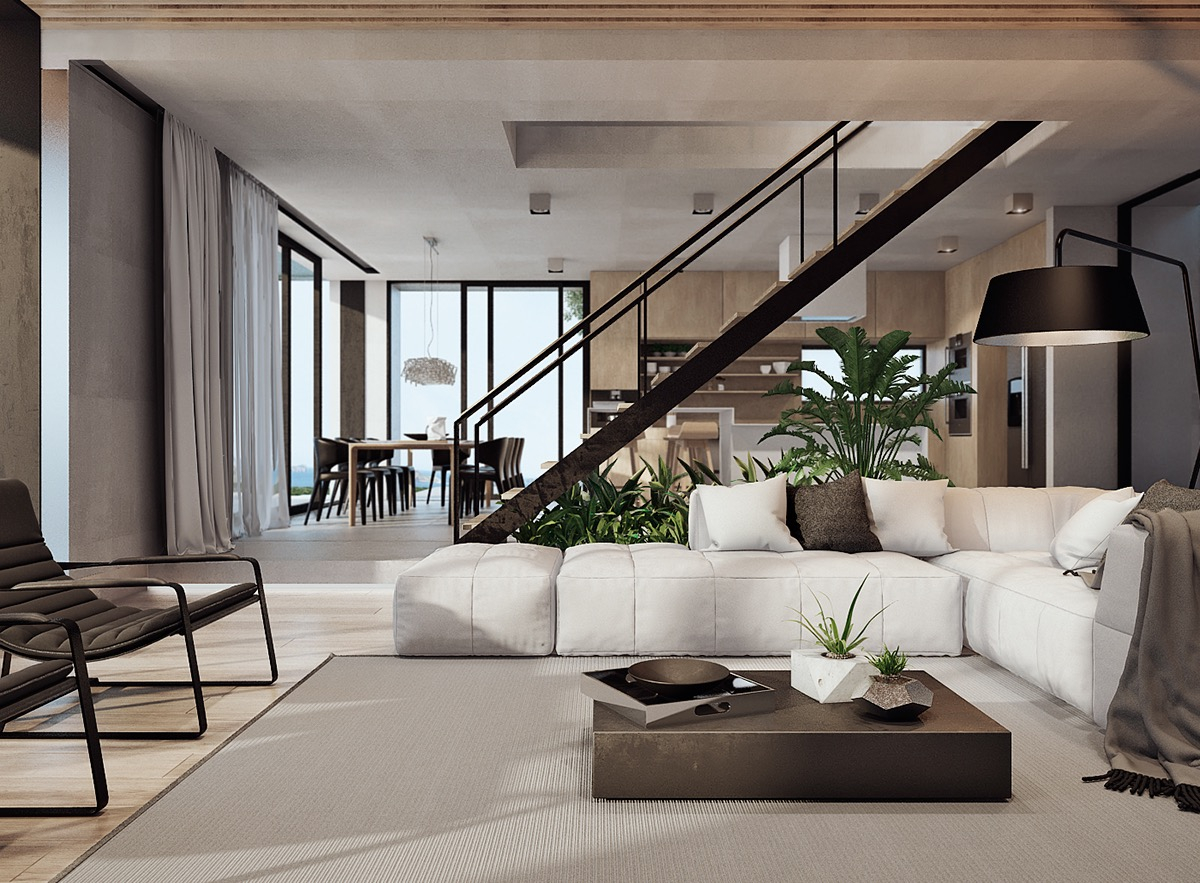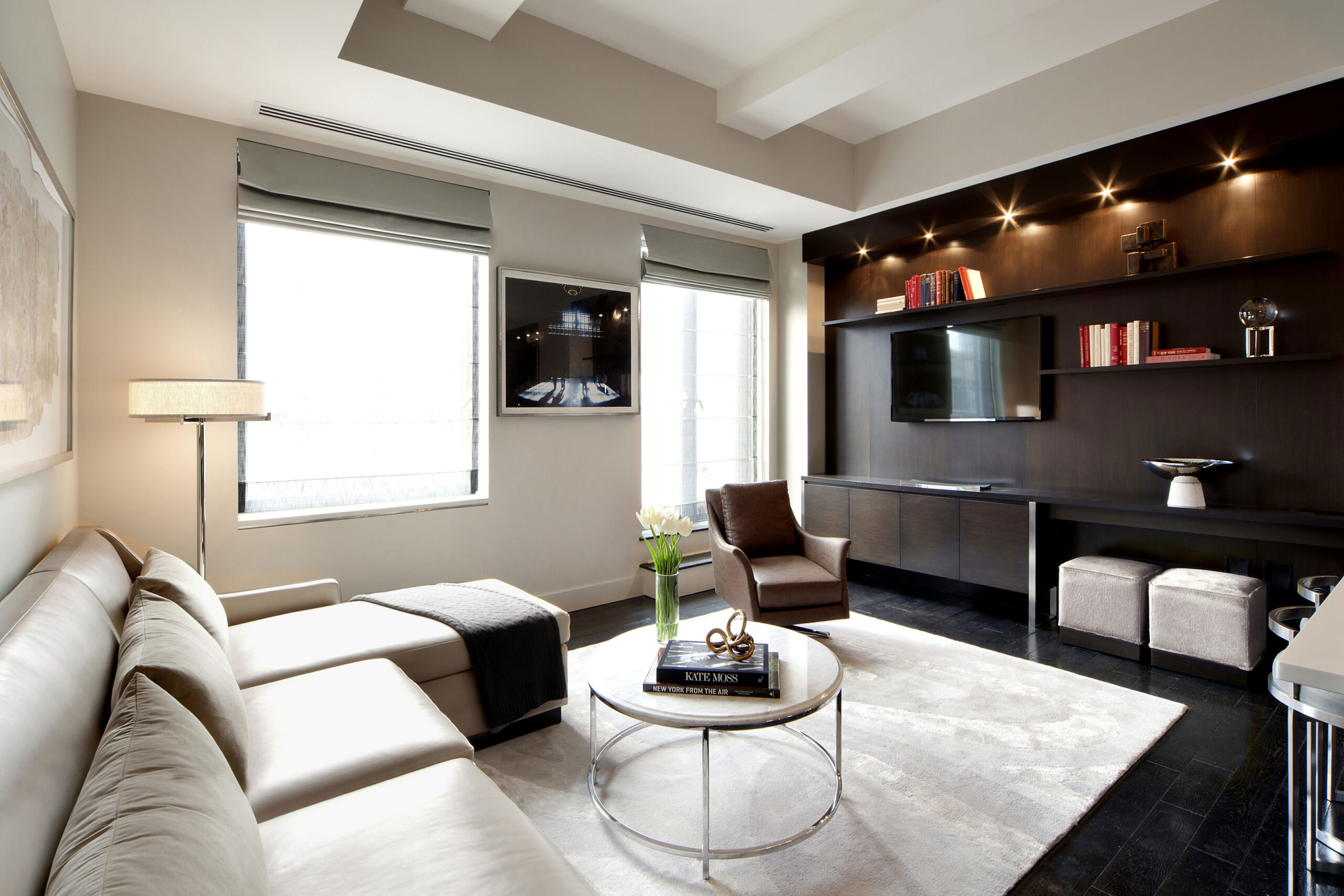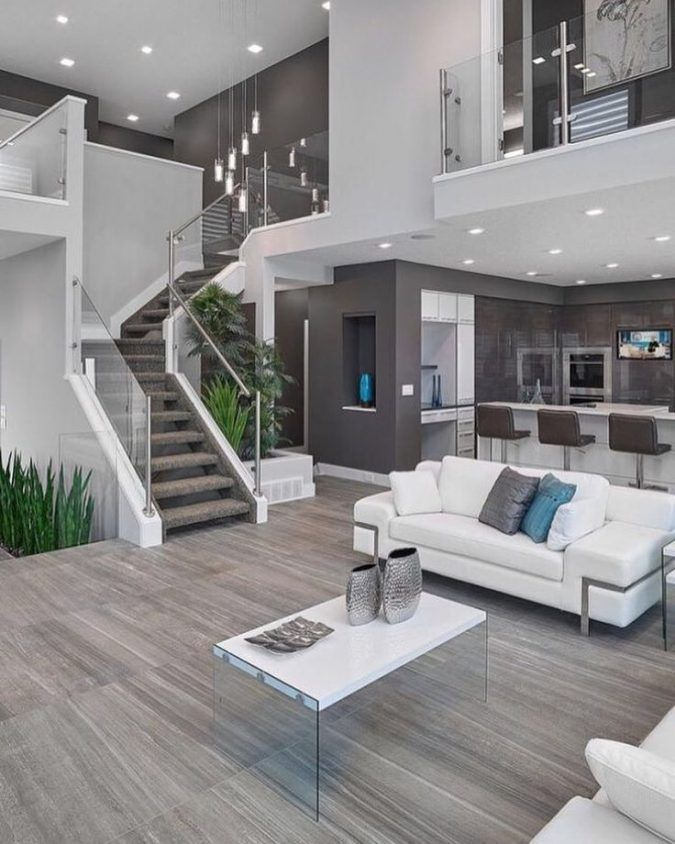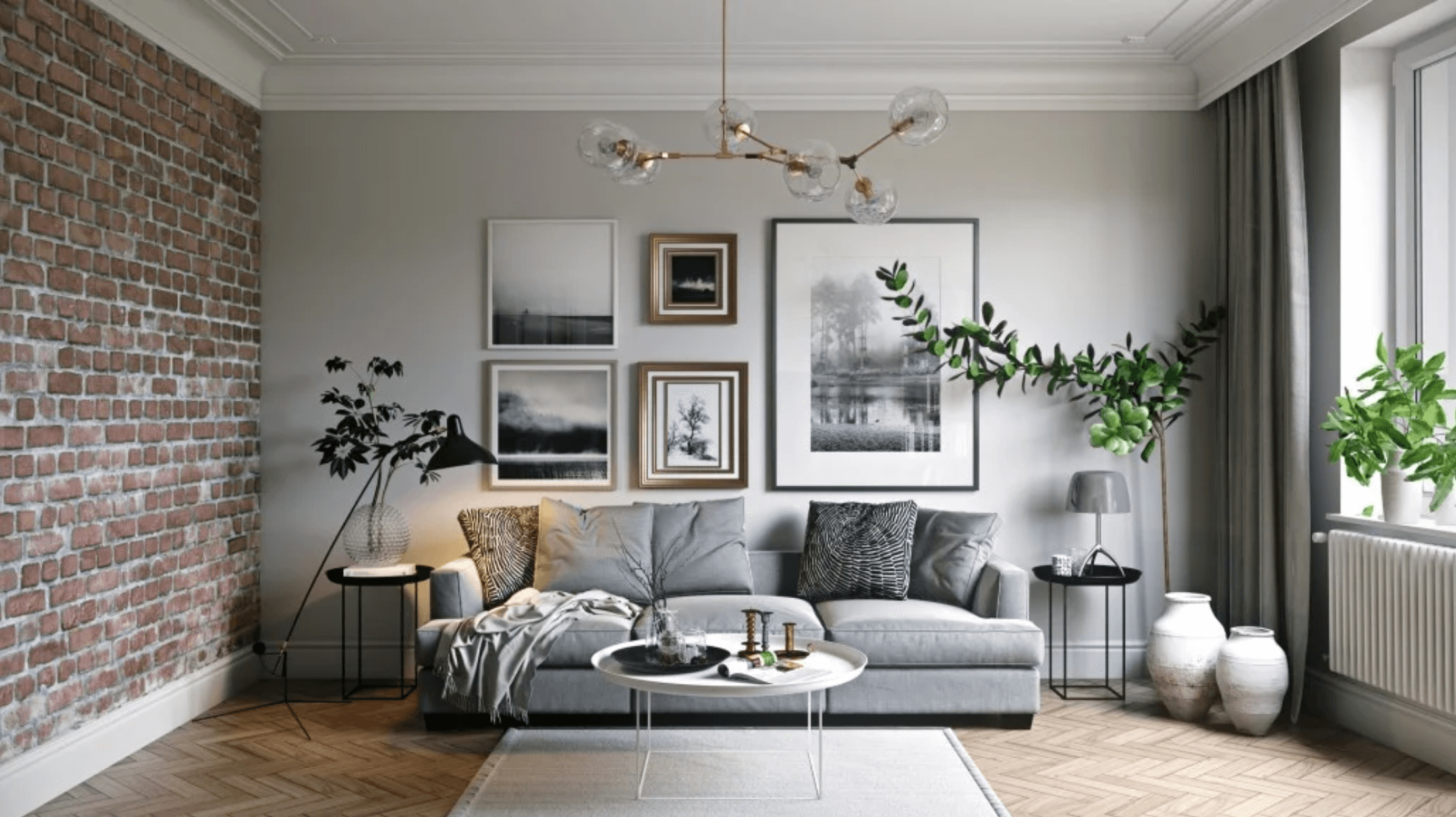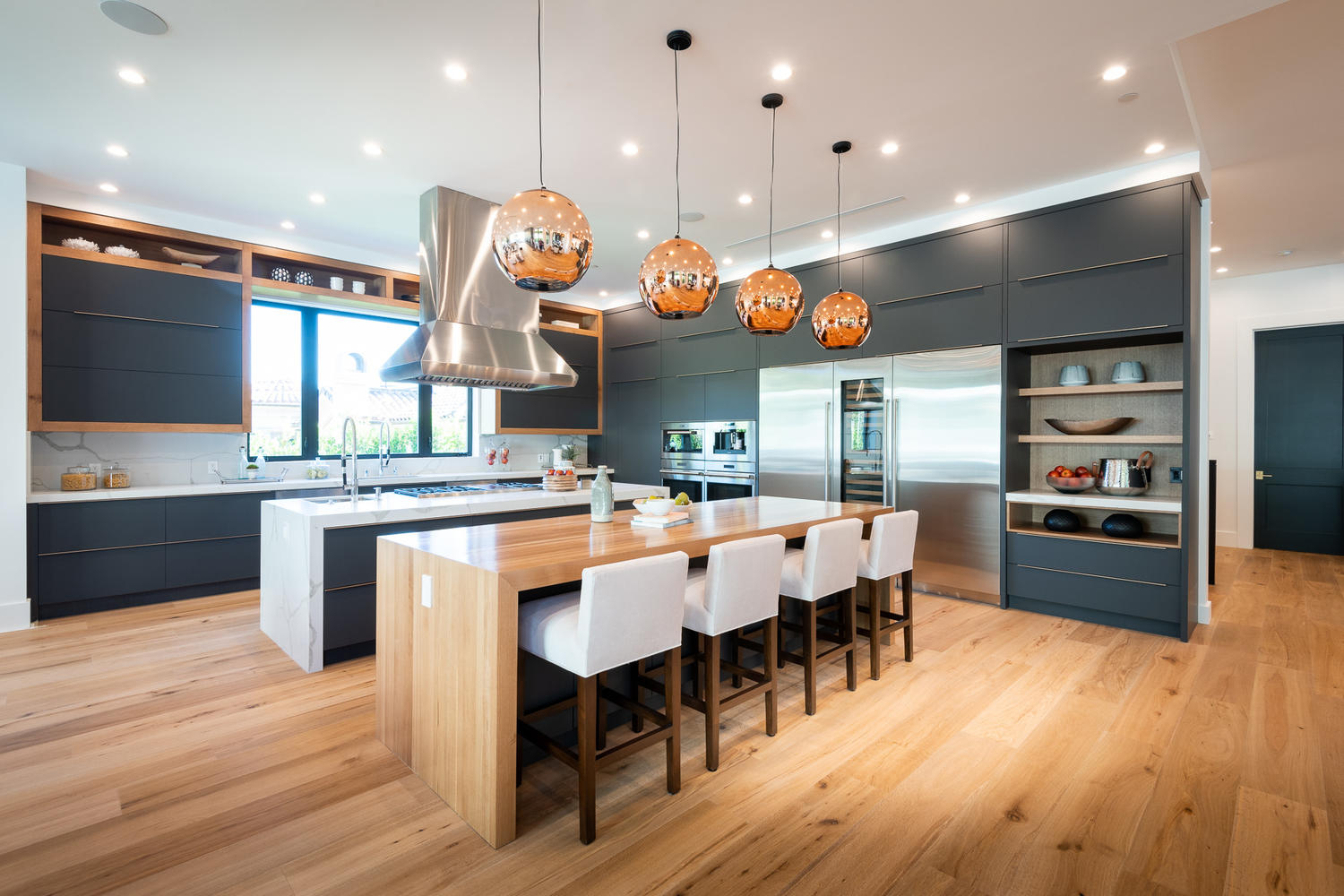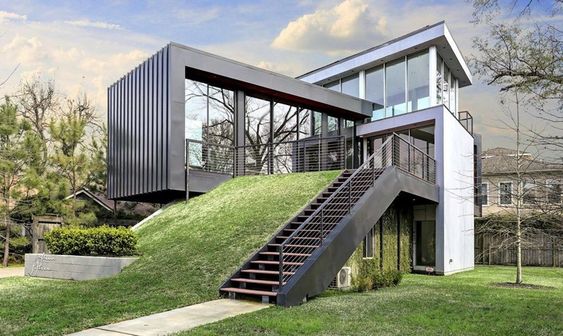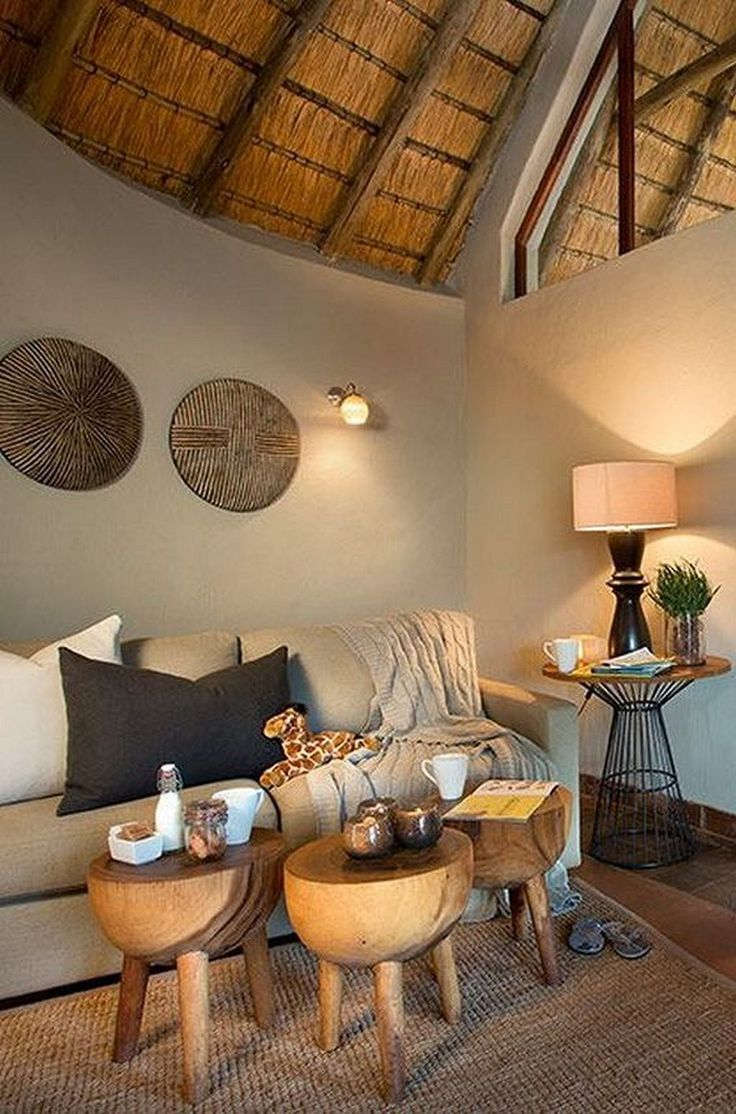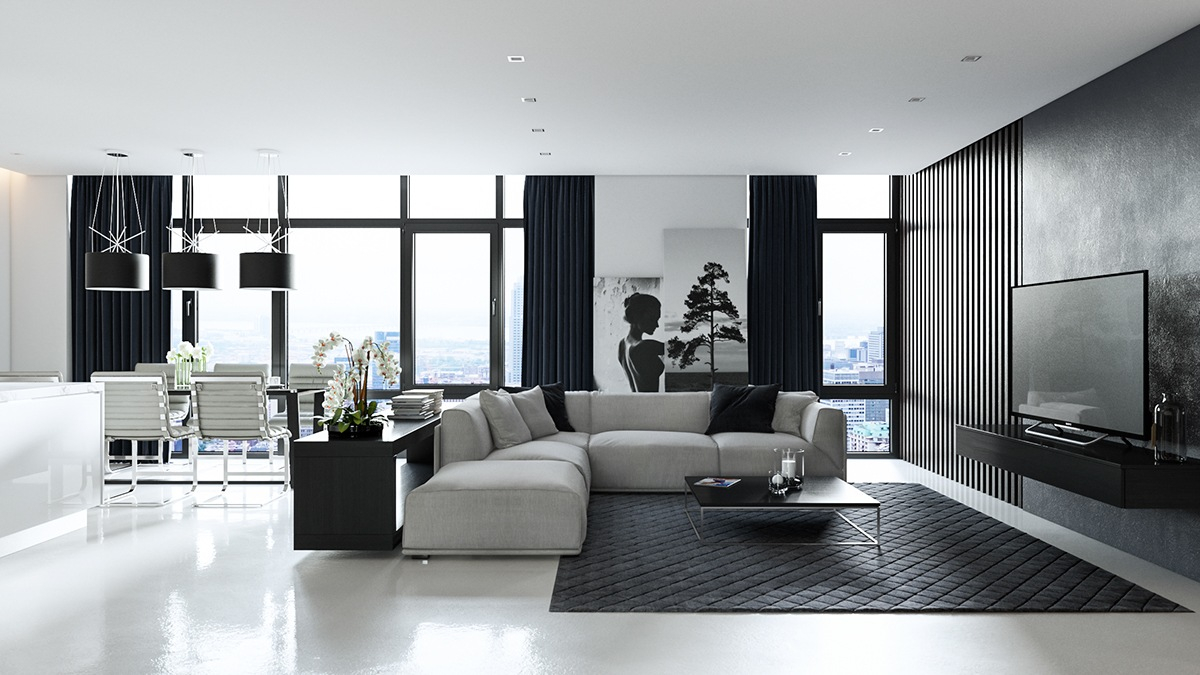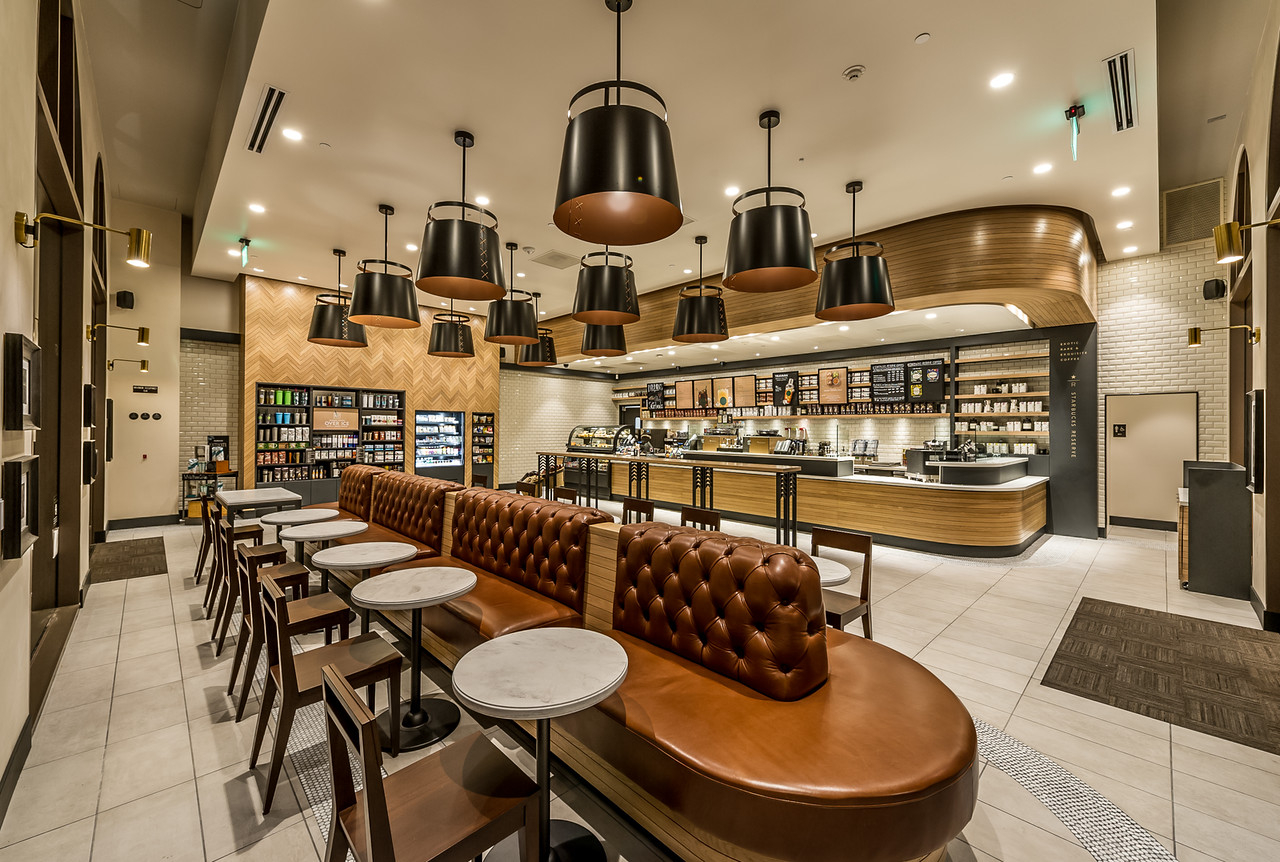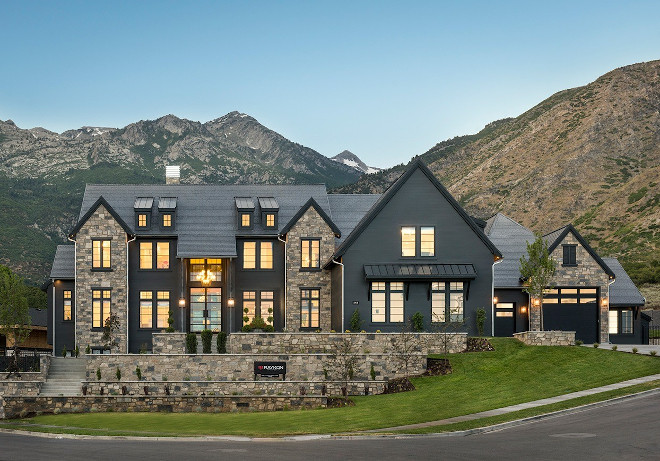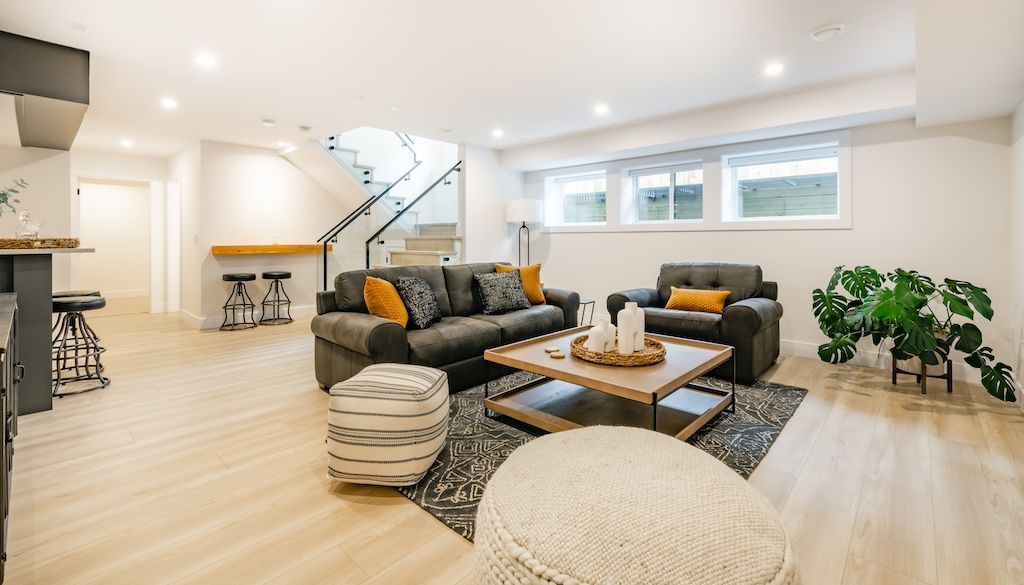Ever walked into a room and just felt… right? That’s the magic of good interior design at play. It’s not just about pretty furniture or trendy colors; it’s about creating spaces that feel good, function well, and tell your unique story. But where do you even begin to achieve that kind of harmony and beauty in your own home? It can feel a bit overwhelming, can’t it? Don’t worry, we’re going to break it down into simple, manageable steps. Let’s dive in and unlock the potential of your living space!
Your home is more than just four walls and a roof; it’s your sanctuary, your personal retreat from the hustle and bustle of the world. And shouldn’t it be beautiful? Shouldn’t it feel like a true reflection of you? Absolutely. Achieving an aesthetically pleasing home isn’t some unattainable dream reserved for designers. It’s about understanding a few core principles and applying them with intention. We’ll explore practical, easy-to-follow strategies that will help you elevate your interiors, making your home a more inviting and visually delightful place to be. Ready to start creating that dream space?
1. Define Your Style: What Speaks to You?
Before you buy a single thing, take a moment to figure out your personal style. What kind of atmosphere do you want to create? Are you drawn to the clean lines and neutral palettes of modern design, the cozy textures and warm colors of rustic style, or perhaps the eclectic mix of bohemian? Think about images you’ve saved, places you’ve visited, and even your favorite clothes. What do they have in common? Consider keywords like ‘minimalist,’ ‘traditional,’ ‘coastal,’ or ‘industrial.’ Once you have a general idea, you can start to build a cohesive look. This is your foundation, so don’t rush it. It’s about finding what genuinely makes you feel happy and comfortable in your environment. It’s your personal expression, after all.
2. The Power of a Color Palette
Color is one of the most impactful tools in interior design. It sets the mood and can completely transform a space. Start with a base color, often a neutral like white, beige, or gray, for your walls. Then, introduce accent colors through furniture, art, and accessories. A good rule of thumb is the 60-30-10 rule: 60% of the room should be a dominant color, 30% a secondary color, and 10% an accent color. Don’t be afraid to experiment with different shades and hues. Think about the emotions colors evoke. Blues and greens can be calming, while yellows and oranges can bring warmth and energy. Selecting a palette you love is crucial for creating a harmonious and pleasing atmosphere. Sometimes, just a few well-chosen cushions can make a huge difference.
3. Furniture Arrangement: Flow and Function
How you arrange your furniture significantly impacts how a room feels and functions. The goal is to create a logical flow and ensure there’s enough space to move around easily. For living rooms, consider creating conversation areas. In dining rooms, ensure there’s ample space between the table and walls for chairs to be pulled out. Measure your space and your furniture before you start moving things. Don’t push all your furniture against the walls; sometimes pulling pieces away slightly can create a more intimate and inviting setting. Think about the focal point of the room – whether it’s a fireplace, a window with a view, or a piece of art – and arrange your furniture to complement it. Proper placement can make even a small room feel more spacious and usable.
4. Lighting: Setting the Mood
Lighting is often overlooked, but it’s a game-changer for creating an aesthetically pleasing home. You need more than just one overhead light. Layer your lighting with ambient (general), task (for specific activities like reading), and accent (to highlight features) lighting. Lamps, sconces, and dimmer switches can all contribute to a warm and inviting atmosphere. Consider the type of bulbs you use, too – warm white bulbs tend to create a cozier feel than cool white ones. Natural light is also your best friend. Keep windows clear and consider sheer curtains that allow light to filter in. Well-executed lighting can transform the entire feel of a room, making it more welcoming and visually appealing.
5. Texture and Layers: Adding Depth and Interest
A room without texture can feel flat and uninviting. Introduce variety through different materials. Think about plush rugs, soft throw blankets, woven baskets, and smooth metallic accents. Mixing textures adds visual interest and a sense of coziness. Layering is also key. Drape a throw over your sofa, add decorative pillows with different patterns and textures, and stack books on your coffee table. These small details make a big difference in creating a lived-in, curated feel. Don’t be afraid to play with contrasts – a rough-hewn wooden table paired with a velvet chair, for instance. These combinations add character and sophistication.
6. Accessorize with Intention: The Finishing Touches
Accessories are the jewelry of your home. They tie everything together and add personality. Choose pieces that you truly love and that reflect your style. This could be artwork, photographs, plants, decorative bowls, or vases. But remember, less can often be more. Avoid cluttering surfaces; instead, curate your display. Group items in odd numbers for a more pleasing visual arrangement. Plants, in particular, bring life and color into a space, improving air quality and aesthetics simultaneously. Consider the scale of your accessories in relation to the furniture and the room itself. The right accessories can elevate your design from good to truly exceptional, making your home feel complete and undeniably yours.
Creating an aesthetically pleasing home is a journey, not a destination. It’s about making conscious choices that bring you joy and comfort. By defining your style, thoughtfully selecting colors and arranging furniture, layering lighting, incorporating textures, and accessorizing with intention, you can transform your living space into a beautiful and functional sanctuary. Don’t be afraid to experiment and let your personality shine through. Your home should be a reflection of you, a place where you can relax, recharge, and feel truly at ease. Start with one room, one corner, or even just one shelf, and enjoy the process of making your house a home you absolutely adore.

